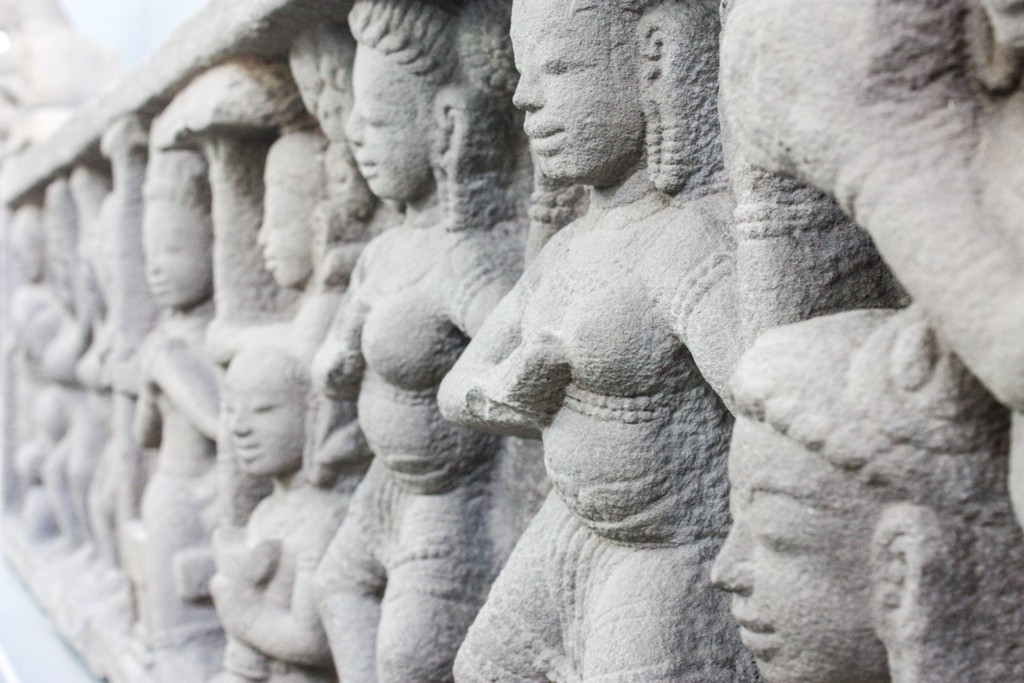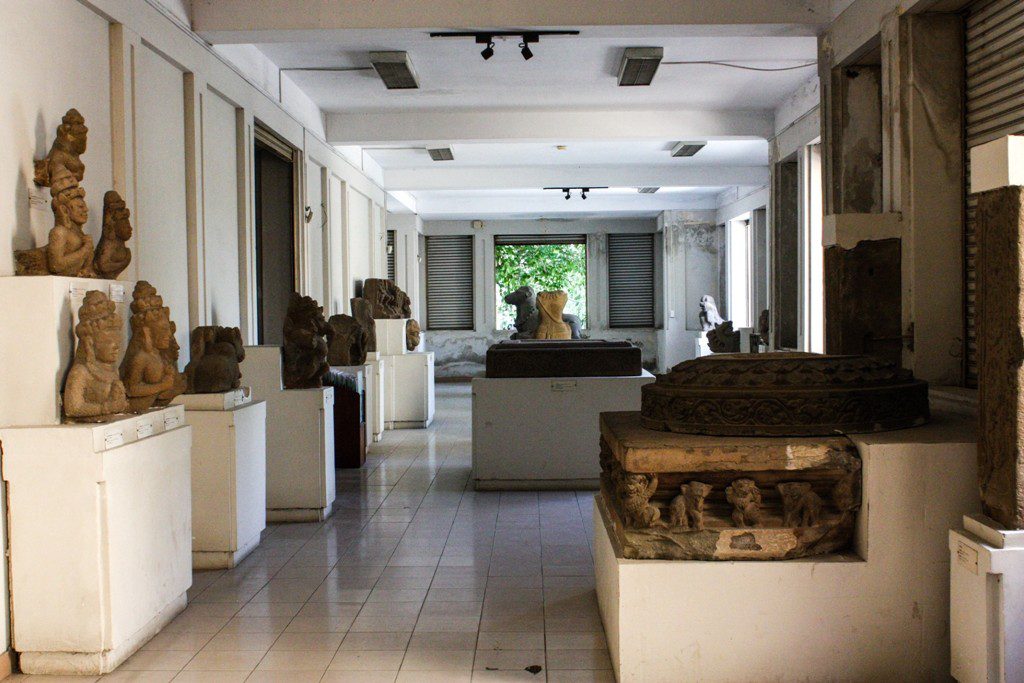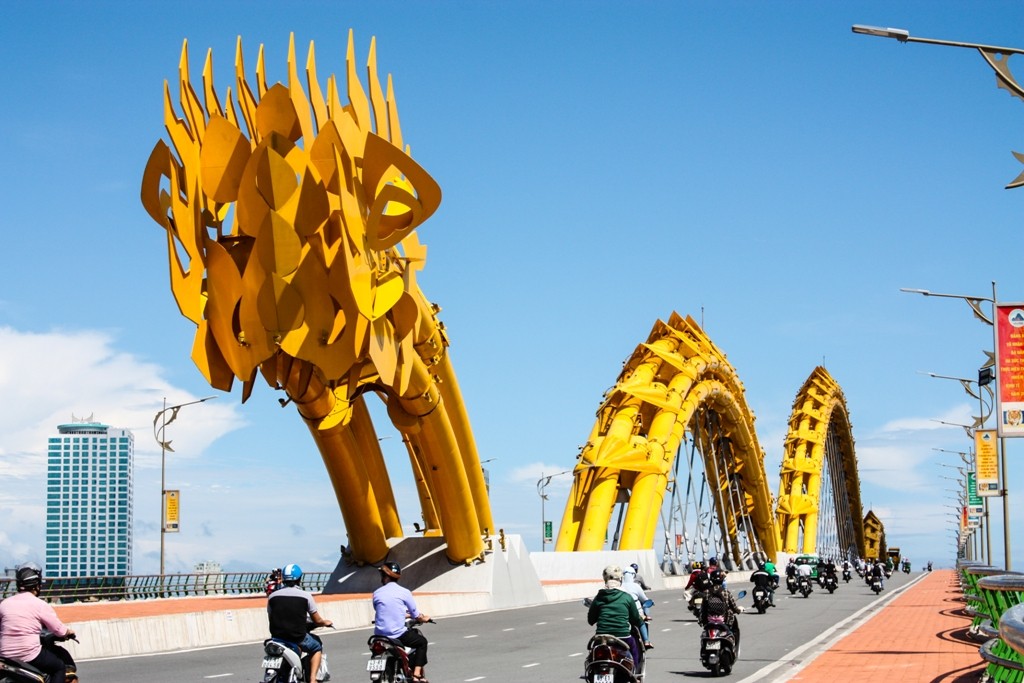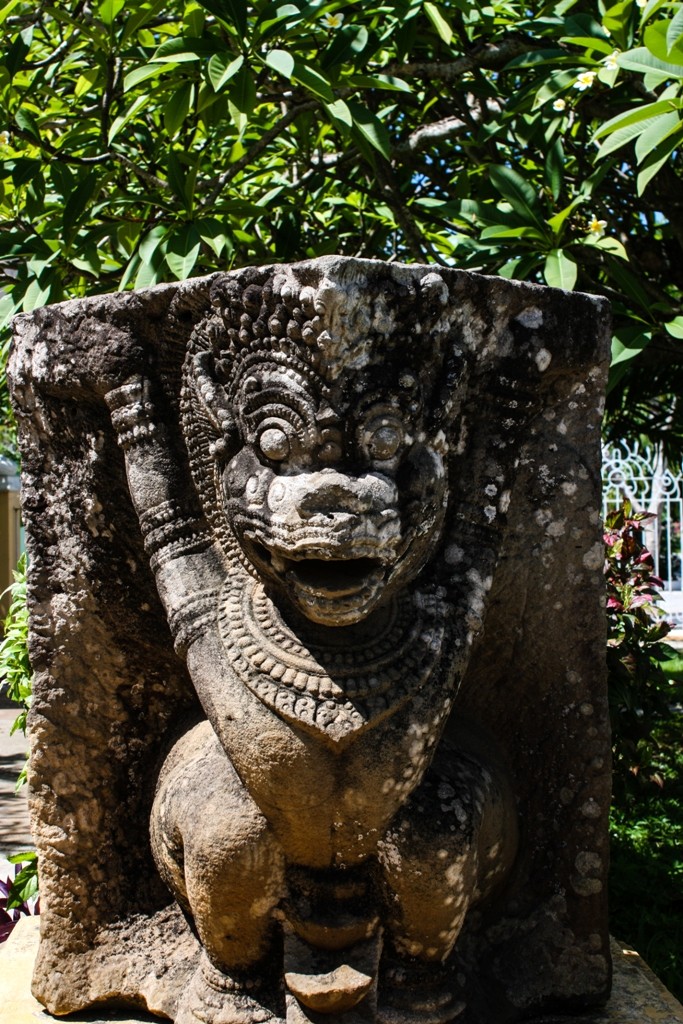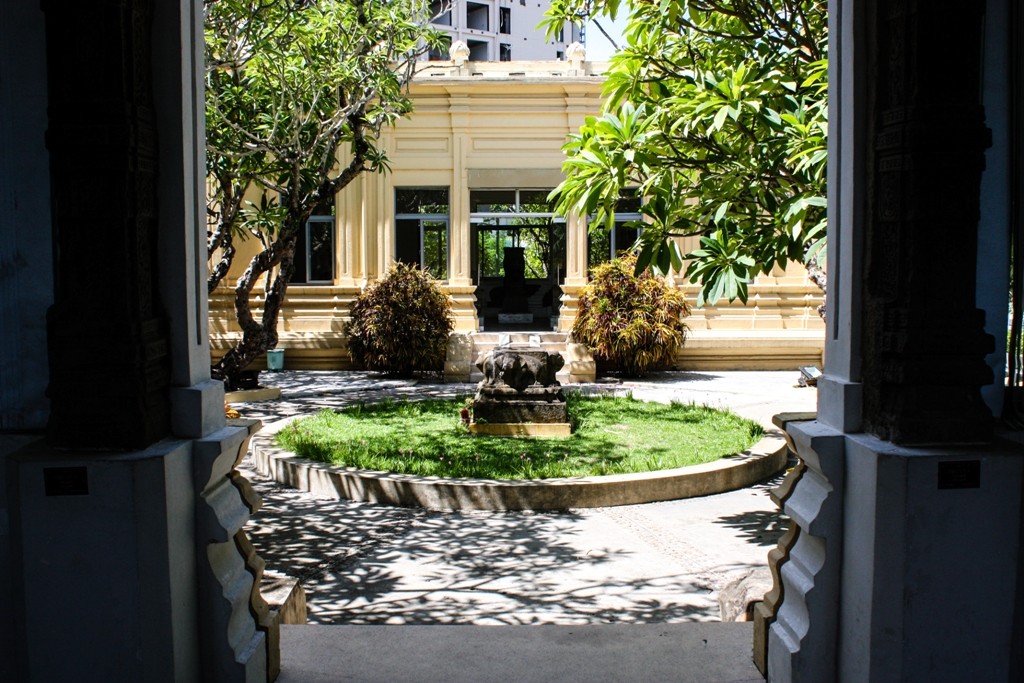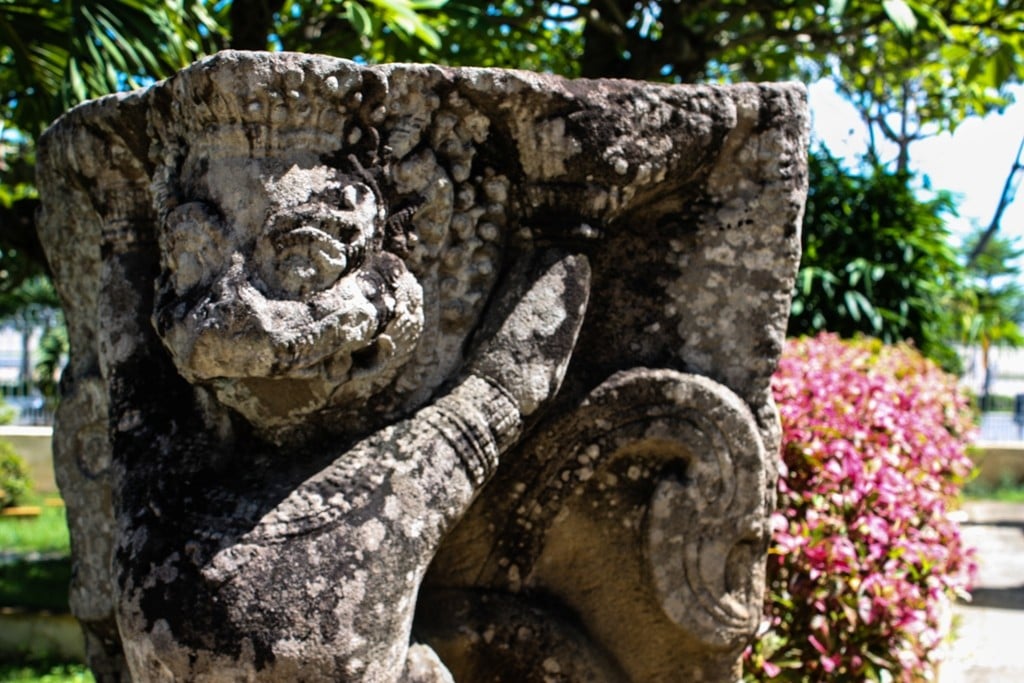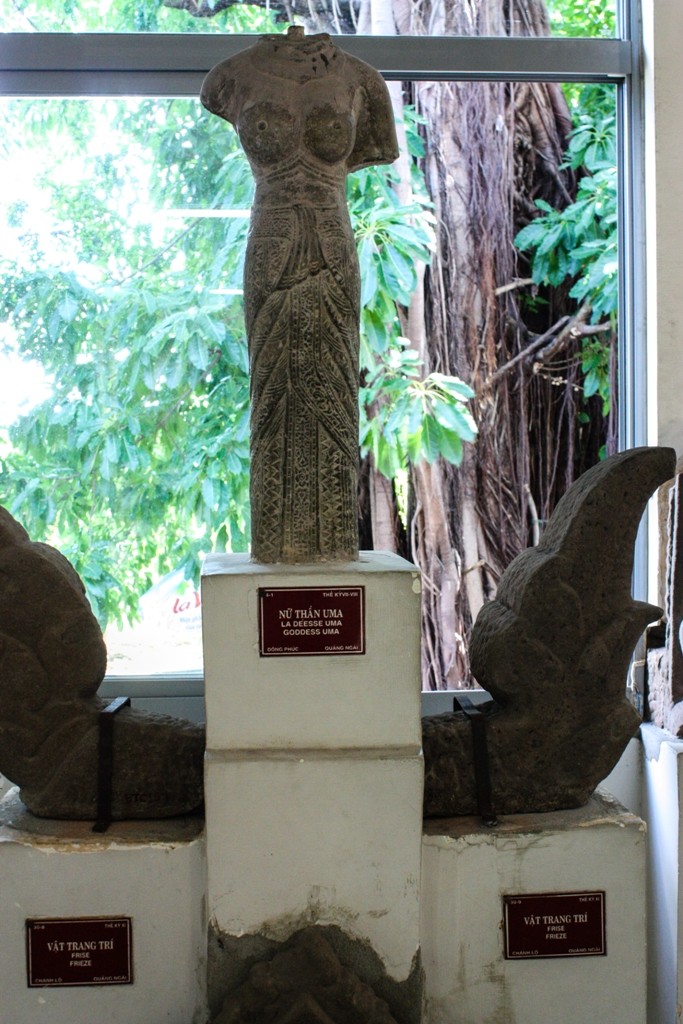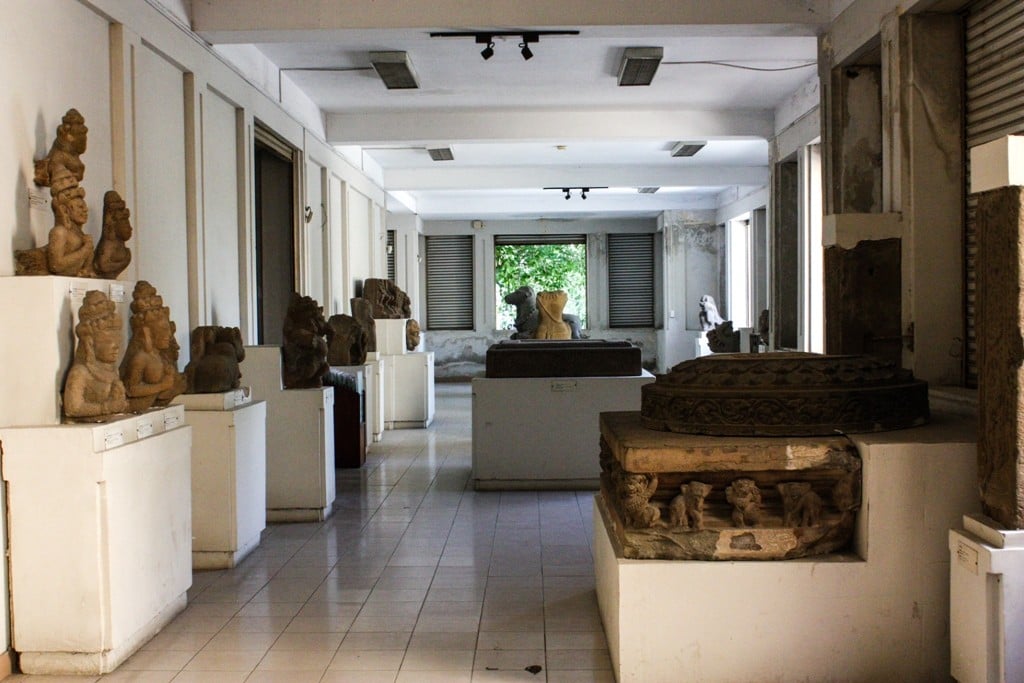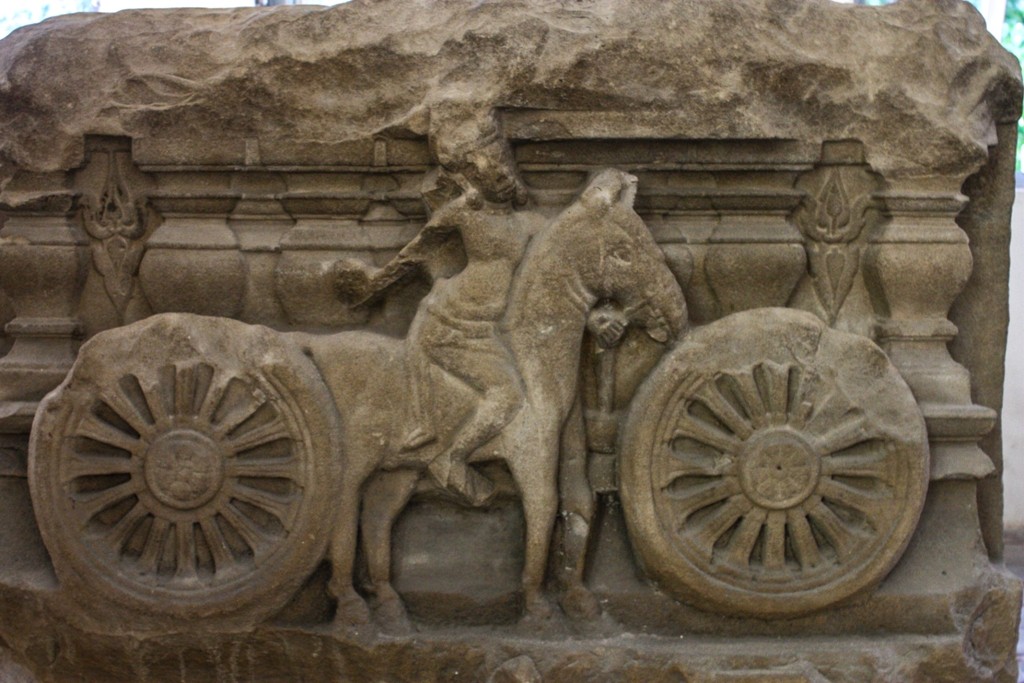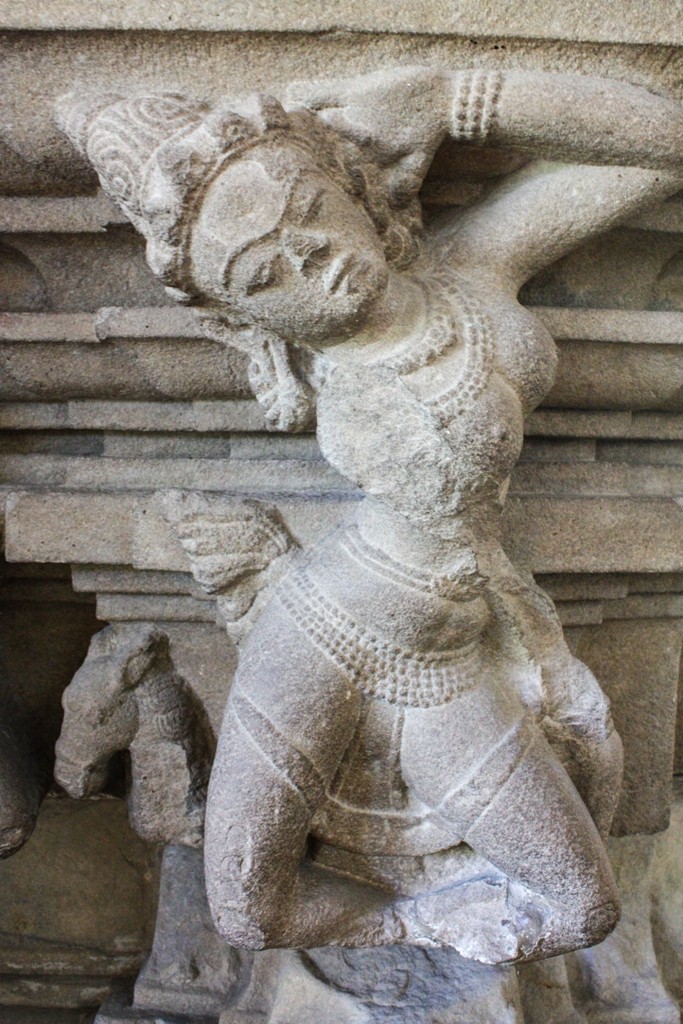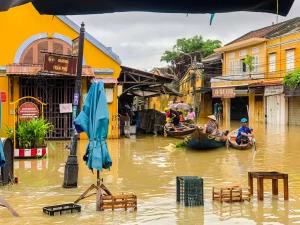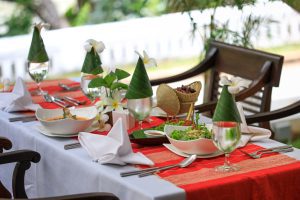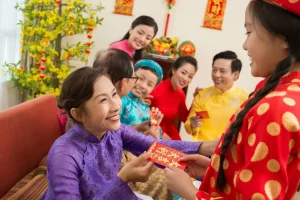Largely unknown to the Western world, the Kingdom of Champa ruled parts of mainland Southeast Asia in the 2nd to 18th centuries AD. It’s believed that the people of Champa were descendants of seafaring settlers who arrived on the Southeast Asian mainland from Borneo.
The Champa Kingdom reached its peak between the 7th and 10th centuries, controlling trade between China, India and the Indonesian islands as far as Baghdad in the Middle East. With their economic prosperity came a golden age of the arts, the few remaining reddish-brick towers dotting the Vietnamese coastline.
The largest collection of Cham brick and sandstone sculptures (approximately 400 works) can be found in the beautiful Museum of Cham Sculpture in the central Vietnamese city of Danang. Conveniently situated right on the city-side of Dragon Bridge over the Han River, the museum reportedly started off as an abandoned sculpture garden of sorts.
It’s said that a French resident in Quang Nam deposited Cham sculptures he acquired from his travels on what is now the site of the museum and local residents added to it, ostensibly due to some kind of superstition against having Cham artifacts on their property.
This impromptu sculpture garden then formed the core of the first museum’s collection, established in 1919 by Henri Parmentier. The building itself is quite beautiful with original floor tiles in place. Look for some of the subtle architectural elements, like the stylized lotus-like mouldings that are drawn from Cham art.
The museum is divided into a series of rooms named after the area where the works were found: My Son, Tra Kieu, Dong Duong, etc. Additionally, decorative design, the shape of hair curls, costumes, etc. help classify the various styles.
The museum received a 2,000 m2 extension, much of it currently empty, but museum officials say they have much more in storage that will be rolled out soon as part of the celebrations around the museum’s 100th anniversary (commemorating the year that an agreement was signed to establish the museum, instead of when it was actually opened).
There are also plans to address some unfortunate water damage and on-going construction in some of the galleries.
Nevertheless, each room is very well documented with additional placards to explain key pieces. Careful observers will find it fascinating to see the influences visible in the sculptures, for example the horse-riding polo players (Quang Tri gallery), a Cham interpretation of a sport popular in India at the time…
…or the seated bodhisattva, a wonderfully detailed deity found at Dong Duong, the largest known Buddhist monastery in Champa.
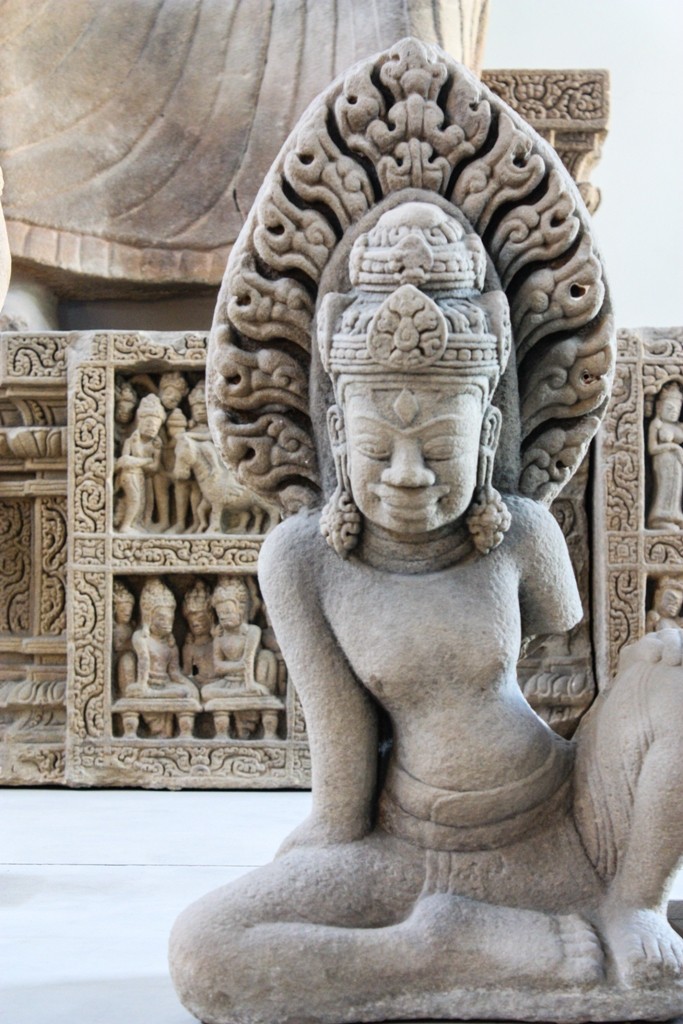
The My Son gallery with its life-sized guardians and the Tra Kieu gallery with its massive pedestal featuring a cistern, lingam and bas relief friezes as well as a gorgeously intact apsara dancer forever captured in graceful mid-dance are soaring highlights of all the collections.
The museum is open daily from 7am to 5:30pm. Admission is VND 40,000 (~USD2). Budget an hour to 1.5 hours for a leisurely visit. Guided tours for groups of 5 or more are available in English and Vietnamese from 8-10am and 2-4:30pm. It’s worthwhile to collect other visitors to make your own group of 5.
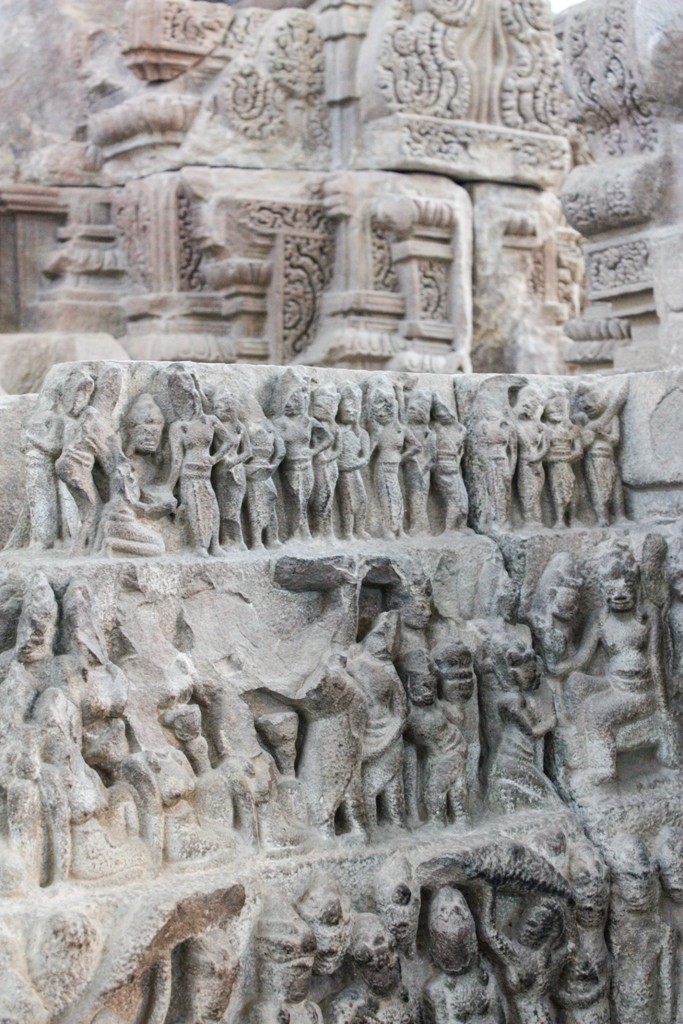
A visit to the Museum of Cham Sculpture in Danang in conjunction with the UNESCO heritage site at My Son, the site of Vietnam’s most extensive Cham remains, can be organized as a day trip by the Victoria Hoi An Beach Resort & Spa.
